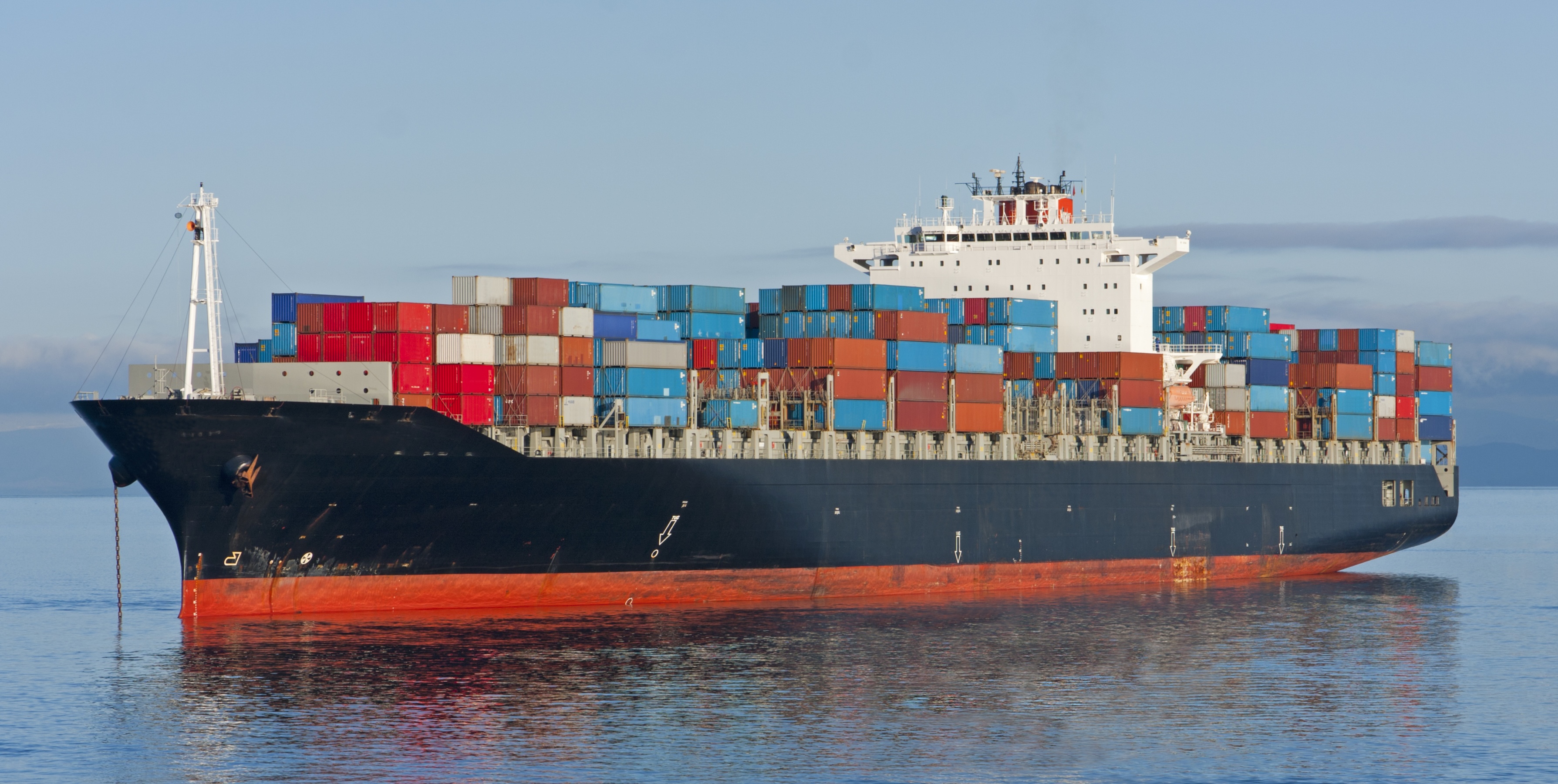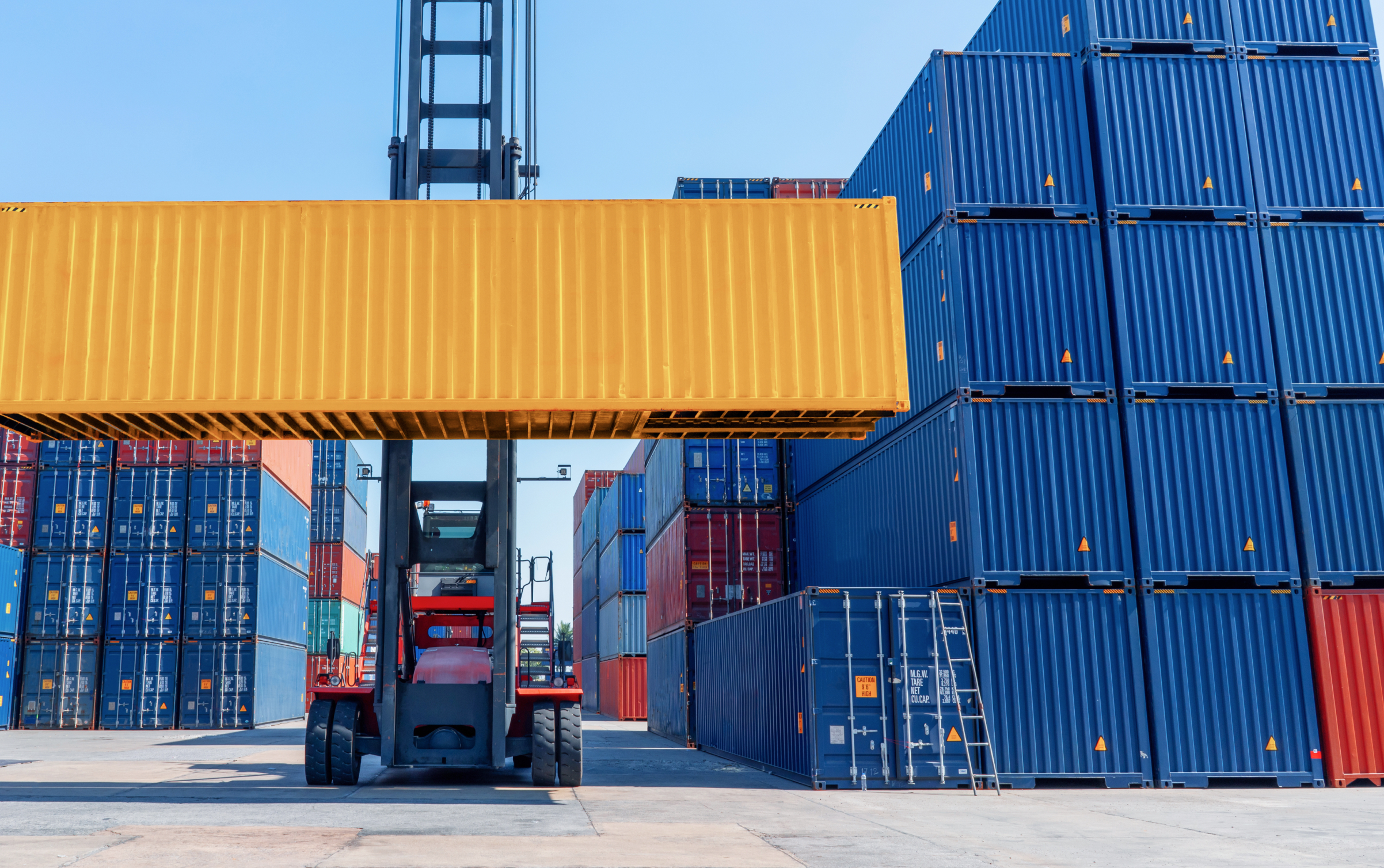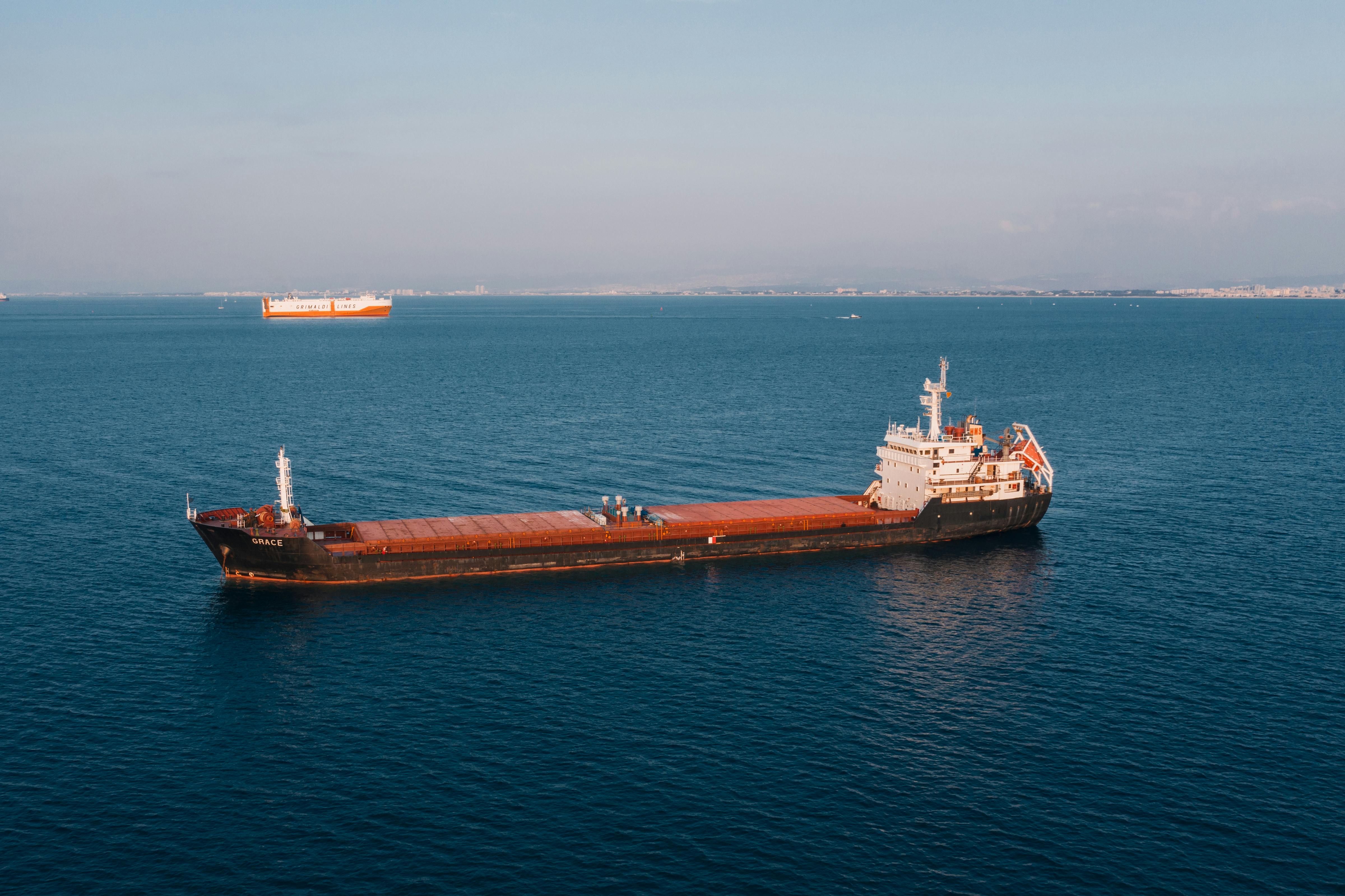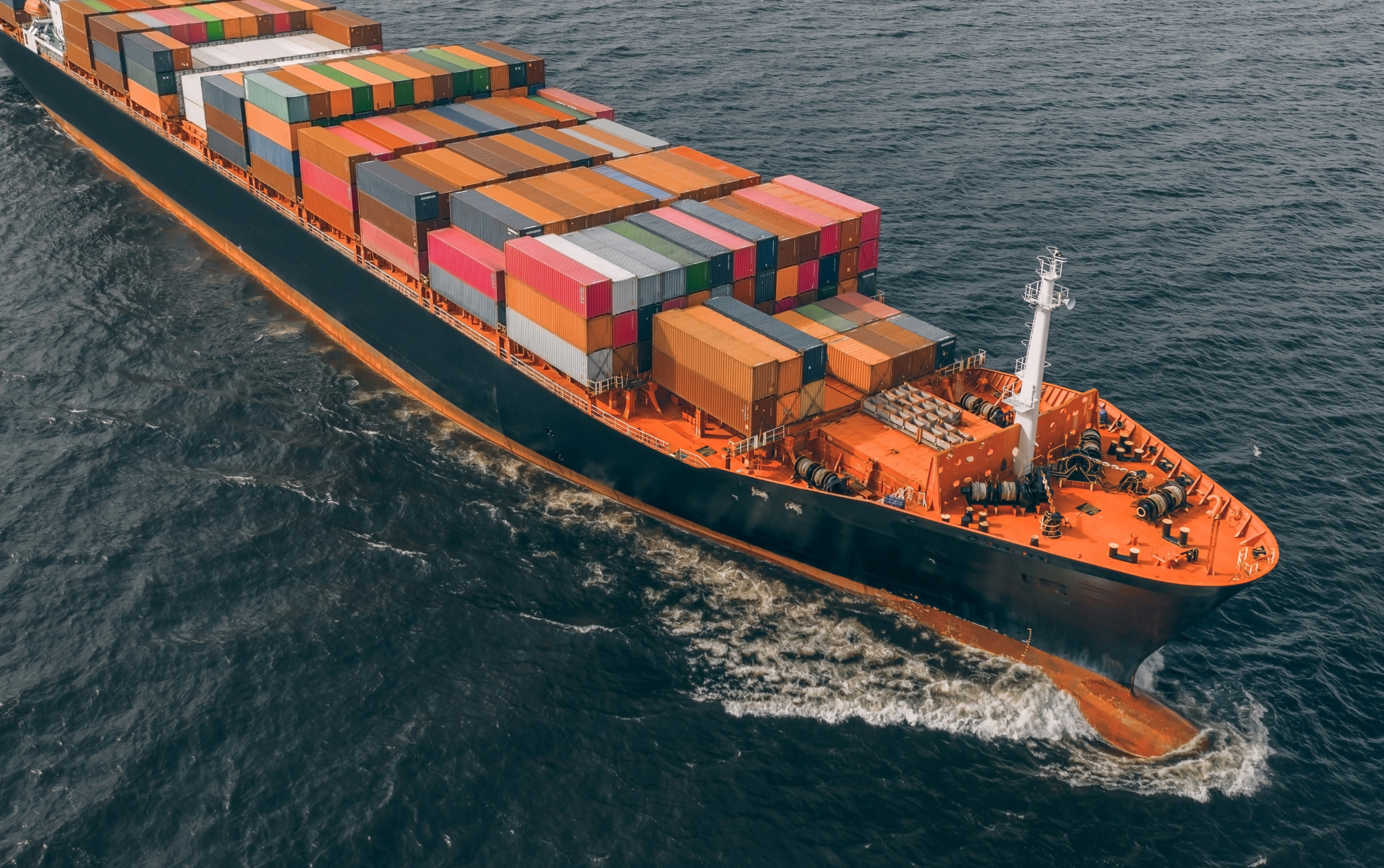Best Practices for Packaging and Handling in LCL Shipments

LCL shipments require various stakeholders to handle your cargo multiple times throughout the shipping process. These shipments must also share the entire container space with similar shipments. This process of sharing the container space is popularly referred to as consolidation, a major factor behind the LCL shipping phenomenon.
However, although consolidation is a necessary aspect of the LCL shipping process, it exposes the LCL shipment to all sorts of risks, including damages, loss of cargo, and extensive handling that slows down the shipping process. To mitigate these risks, you must understand how to ensure effective packaging and handling. Both can go a long way in mitigating your cargo and supply chain risks. This article will explore best practices for packaging and handling LCL shipments so they can be transported seamlessly.
What Role Does Packaging and Handling Play During The LCL Logistics Process?
Among other things, the LCL shipping solution has allowed big and small supply chains to enjoy flexibility in fulfilling customer demands worldwide. Compared to full container load shipping, shippers only have to pay for the space they occupy in the container. Supply chains are increasingly leveraging it, especially in a modern economy where more businesses and supply chains directly communicate with customers. However, less-than-container load (LCL) shipping comes with its fair share of challenges.
To mitigate that, more supply chains can leverage packaging and handling to:
1. Protect The Cargo
Businesses and supply chains can better ensure cargo safety by leveraging safety items like sturdy boxes, cushioners, and pallets. Unfortunately, shippers cannot and will not be present during the entire shipping process. Even freight forwarders will struggle to do the same, and real-time tracking may not be able to prevent damages. The best bet is properly packaging the cargo to protect it from unforeseen risks.
2. Prevent Delays
Too much handling can slow down the LCL shipments. Although LCL freight is naturally slower than the FCL shipping solution because of the consolidation process, the situation only escalates when the cargo is subject to excessive handling. That is why it is so important to find a freight forwarding business that will ensure minimal handling through better consolidation, leading to better cargo protection.
3. Avoids Unnecessary Cost
The cost of damage and loss of goods can devastate the supply chain. Although shippers insure their freight to cover such issues in most cases, it doesn’t plug the disruptive effect and the additional expenses shippers incur to bridge that gap. There could also be potential opportunity losses from failing to meet demands.
4. Smooth Transit
Logistics and shipping operations can be challenging. However, with the right packaging and handling practices, your supply chain will have nothing to worry about. Imagine an LCL shipping operation whereby everything goes smoothly, including the customs clearance process. That is also possible with LCL shipping. You just have to know the best strategy for accomplishing it.
Best Practices For Packaging LCL Shipments
Proper packaging can and will prevent damage to your cargo. The cargo is constantly on the move after it leaves your factory or warehouse. It goes from the origin to the consolidation facility, the container freight station, onto the carrier, and possibly stopping at a port. Upon arrival, the container is opened, and the goods designated for offloading are carefully unloaded. That, it continues to its final destination. Even if the LCL cargo is robust, it may not survive all that movement. The answer is proper packaging.
But how can you get the packaging right?
1. Use Sturdy Boxes
Preferably, cardboard boxes, but ones strong enough to prevent multiple handling processes, should be used. For more delicate freight, plywood and plastic shrink wrap could also be used. When using sturdy boxes, ensure they are a tailor-made fit for the cargo. Excessive empty spaces could have a negative effect on LCL freight. Some shippers are usually tempted to use flimsy or used cardboard. They could be worn out and do not provide much protection.
2. Fill The Voids and Label Appropriately
In some situations, bigger boxers are necessary, especially when the item is custom-shaped or too delicate to warrant right-sized boxes. The solution is to fill the void made by these bigger boxes with cushioning materials to avoid shifting. Labeling is another critical element when packaging because it enhances the ability of the cargo to be easily recognizable. This helps the stakeholders in the shipping process identify your cargo without hassle.
3. Leverage Pallets For Heavier Items
Boxes may not work for heavier items. However, pallets will work for them. Consider using pallets to package these materials and effectively secure the palletized cargo using straps or shrink wrap. And properly label them to enhance easy identification.
Best Practices For Handling LCL Shipments
Unlike with an FCL shipment, handling is a prominent feature in managing LCL shipments, although it may not be under the direct control of your business or supply chain. However, there are steps that you can take to ensure it is done effectively. Some of these include:
1. Hiring The Right Freight Forwarder
LCL shipping in the modern supply chain landscape is about finding the right freight forwarder. Freight forwarders can simplify the entire shipping, but when chosen poorly, they can also cripple the process. Hiring the right freight forwarder entails adequate vetting, research, and consideration of key factors such as technology integration, shipping expertise, and experience.
2. Documentation
Documentation is a critical aspect of the LCL shipping process because it naturally attracts more scrutiny. Having necessary documentation, such as commercial invoices, bills of lading, certificates of origin, among others, will significantly simplify the entire process, particularly that of the customs authorities.
3. Consolidation and Weight Distribution
The nature of consumer demands today has prompted a large portion of freight to move as smaller shipments. This means there are cases where you will have shipments going to the same location, albeit in different orders. In such a case, consider consolidating such shipments into one to save cost and reduce the handling process. Evenly distributing the weight of the LCL cargo during packaging can go a long way to prevent accidents and reduce unwanted attention to your cargo.
Packaging and Handling Your LCL Shipments With Silq
The Silq platform is a control center for LCL logistics operations. Silq has ample experience, expertise, and state-of-the-art technology that allows the company to serve shippers, businesses, and supply chains across the globe. Whether it is air freight or ocean freight, with Silq, you can enjoy seamless LCL cargo service, one with all the FCL shipping benefits, including faster delivery times and zero access to the shipping container until it reaches the destination port.
Ready for Supply Chain Predictability?
Importers using Silq ship smarter, safer, and with total control.







